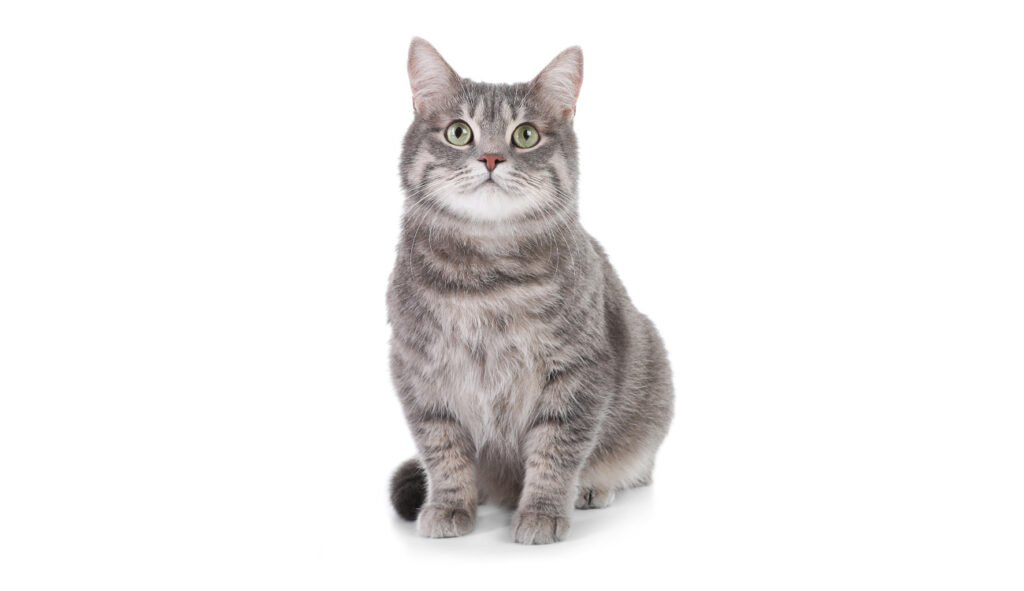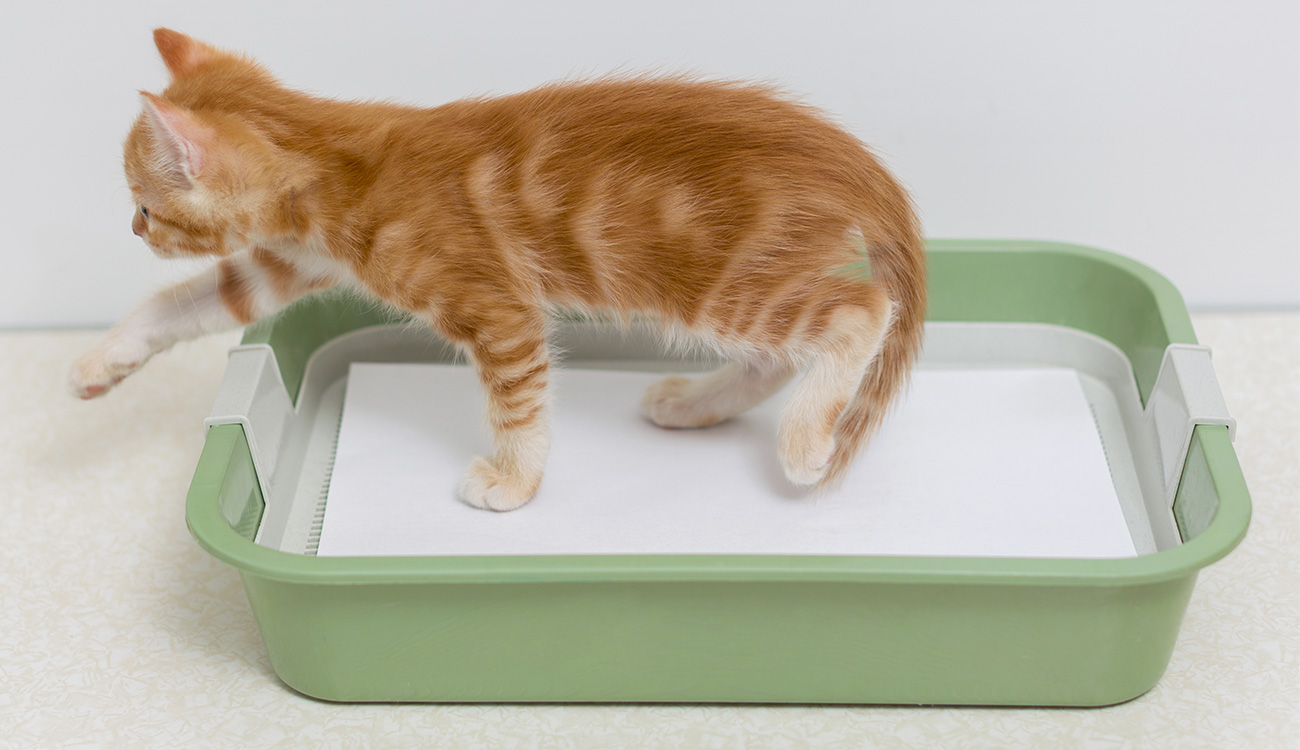A Wee Problem

Cats are generally low maintenance. We love them for that! However, this does not mean they do not require maintenance at all. Grooming and hygiene are just as important for cats as for any other living being. Thankfully, most of the grooming they do on their own, but they cannot trim their own nails, or maintain and empty their own litterboxes. In this article, we will be discussing an important issue that some cat owners may not realise needs to be monitored. This is cat urine.
The other day, one of our associates watched ‘filthy house SOS’ and the topic of cat urine arose. The story was of this hoarder, who had a significant amount of cats. As she did not take the time to clean the house, there was cat urine throughout, and the smell of ammonia was unbearable for the workers trying to help her empty out the property. It had become so bad that even her family and friends did not want to spend time with her in her own home!
We are not, of course, suggesting that most people’s homes are as bad as this! However, it can sometimes be overlooked how important a clean litter tray is, for both the owner’s sake and that of the cat!

Cat urine contains ammonia. For a cat, this is a good thing, as it helps it to mark its territory and warn off other cats. Odours are composed of microscopic particles, made up of the thing that caused the odour. So, by inhaling the urine smell, you’re effectively inhaling the urine itself as well! No matter how much you clean and disinfect an area that has had it, if you can still smell it, the issue is still there.
Ammonia is a common household product used for disinfecting and cleaning. Some might think that because of this, it is fine to occasionally inhale their cats wee, but this is not the case. If it is not handled correctly and quickly, it will linger and only get stronger and more dangerous. Whether it is for cleaning or coming out of your cat, inhaling ammonia is never a good thing and you have to be careful handling it. If you have too much of it in the house, you need to ensure you are ventilating enough, so you are not inhaling the majority of it. You should not use ammonia to clean a cat’s wee, since this can actually set the wee into the surface you are attempting to clean.

In the show, they suggested using baking soda and antibacterial dish soap with warm water to clear the scent and clean the surface, whilst avoiding destroying the surface itself. This is great as it cleans and disinfects at the same time and does not have chemicals adding further to the chemical you are trying to get rid of. There are, of course, many over the counter products you can use to clean areas that have been soiled with cat urine, so use whatever you feel will get the job done, without adding further harm to yourself, or your property.
It is important to avoid a build-up of cat urine anywhere in the house, due to the ammonia content, as this can lead to plenty of health issues in humans, including serious respiratory diseases, among others. Always clean up after your cat. The urine with ammonia in it can irritate your eyes, nose, and mouth. If you have asthma it can severely agitate this as well. For the sake of a doctor’s visit, pick up that towel or sponge and wipe the wee away before putting yourself at risk!
It also goes without saying that a dirty litter tray has other problems. Firstly, most cats are fussy and like us, would not like to use a ‘toilet’ that is not clean. Therefore, an unclean litter tray may encourage a cat to go elsewhere in the house.
Once a cat has started to urinate in an area other than its litter tray, this can become its ‘toilet’ and it can be difficult to break the cycle. Therefore, it is better to prevent this from happening in the first place.

Also, as in any area that is not cleaned properly, this can harbour germs. This could cause health conditions in your cat, resulting in upset stomachs, kidney, bladder and urinary tract infections. Germs can enter the urethra or be carried away from the litter tray in a cat’s paws, where it will then groom itself.
In addition, cleaning the cat urine from the tray gives the owner the opportunity to monitor the amount, colour & consistency, all of which can indicate if your cat is dehydrated, or has any other underlying health issues.
So, to conclude, always remember the need for good hygiene, be it for yourself, or your cat/s. Systematic cleaning of the litter tray and regularly changing the litter will avoid so many other problems.